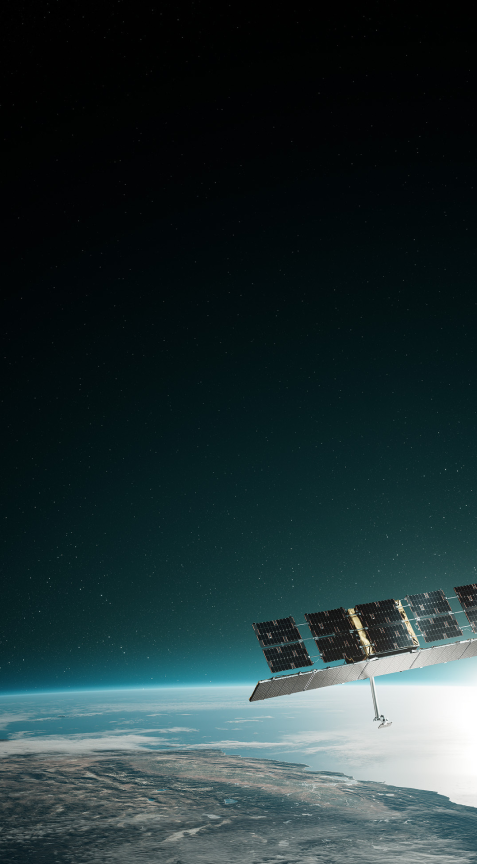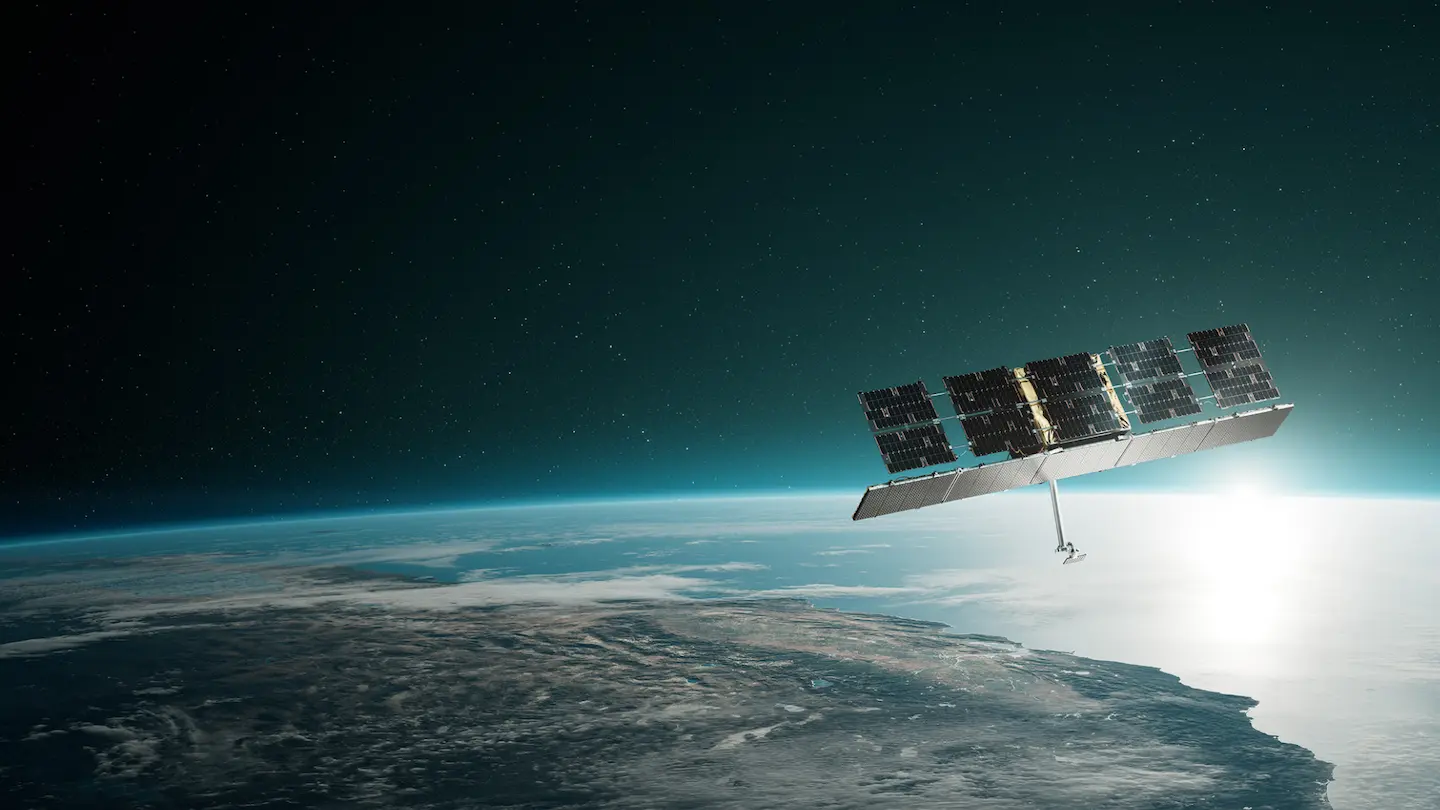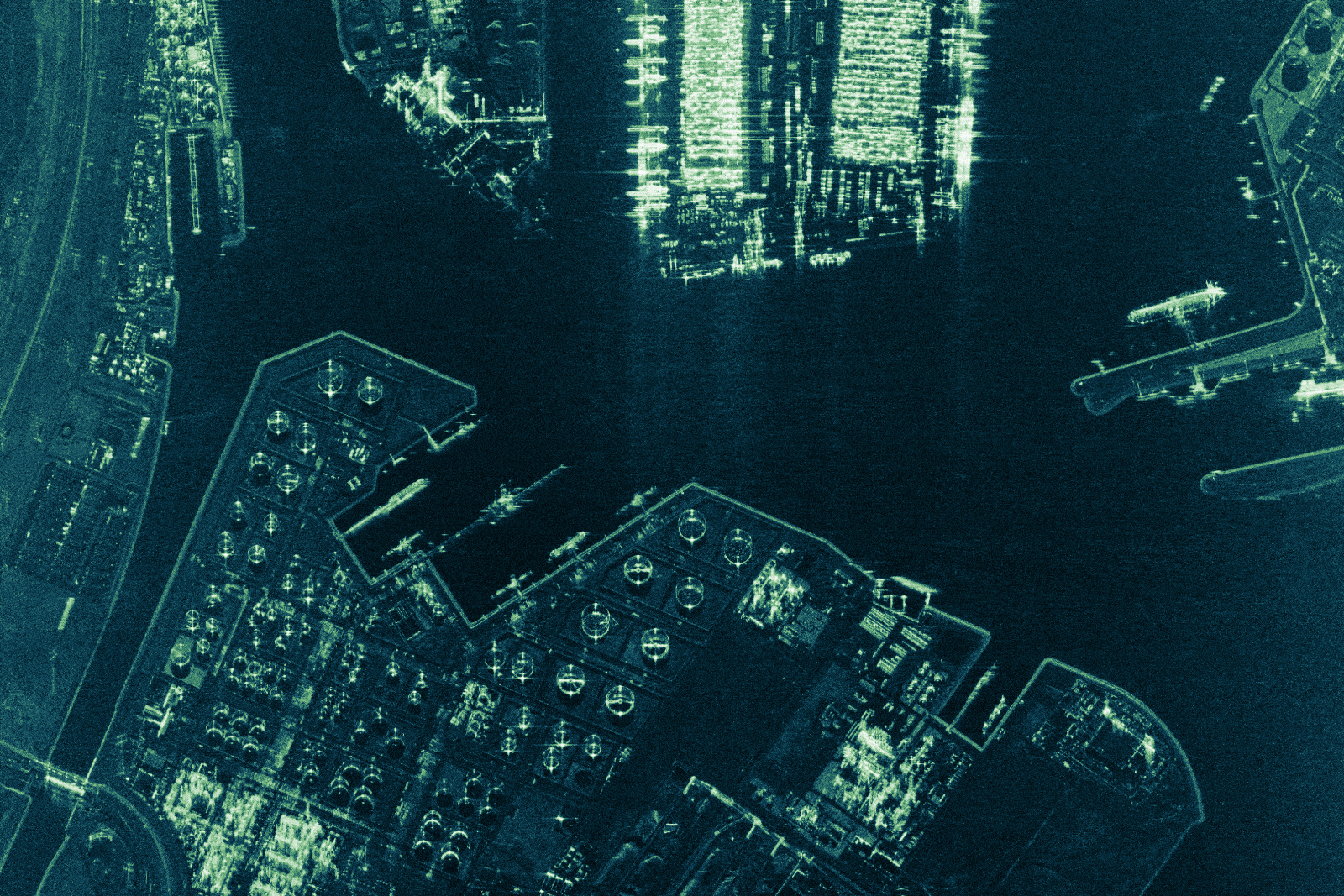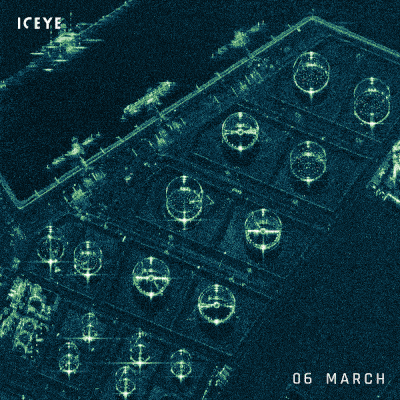Contact us
Get in touch with our experts to find out the possibilities daily truth data holds for your organization.
Persistent Monitoring
Natural catastrophe solutions

Persistent monitoring
You can only respond to what you can see. Keep your eye on what is happening in your areas of interest with consistent SAR imaging.

See and react to changes on Earth in near real-time
Traditional optical and radar satellites have been around for a long time, but the ability to image with the frequency, clarity, and accuracy needed to make operational decisions has never been possible. Now, ICEYE is enabling access to entirely new levels of data for the persistent monitoring of large and small areas across the globe – every few hours, day and night, in any weather. From tracking fast-moving objects like vessels in the sea to monitoring and addressing national security issues to potentially predicting natural disasters by identifying millimeter-level changes, ICEYE’s persistent monitoring unlocks previously unseen changes to the environment and human activity.
Pekka Laurila
CSO, Co-founder, ICEYE
Rafal Modrzewski
CEO, Co-founder, ICEYE

These daily coherent radar satellite images were taken between March 16–28, 2021 with ICEYE’s radar imaging satellites and show the largest seaport in Europe – the Port of Rotterdam, Netherlands. They show the locations of vessels, the movement of oil tank floating roofs, the changes in stockpiles and container rows, the movement of cranes, and other site activities.
The ability to monitor has long existed, but the ability to monitor in frequencies and precision high enough to enable the detection of even millimeter-level daily changes on the Earth’s surface has not. Enter ICEYE’s Daily Coherent Ground Track Repeat. ICEYE'S constellation of agile NewSpace satellites is designed to rapidly revisit any area on the globe, enabling repeating ground track image acquisition from the same location – daily or even multiple times per day. The ability to identify and monitor changes in the range of millimeters enables entirely new applications, including predicting, preventing and responding to events like natural disasters, national security issues and floods.

This series of radar satellite images shows oil tanks in the Port of Rotterdam, Netherlands. These daily images were taken with ICEYE’s radar imaging satellites between March 16-28, 2021. The time-lapsed images show the movements of the tanks’ external floating roofs, indicating the increase or decrease in oil volume inside each tank.
ICEYE SAR satellites
ICEYE has a large constellation of New Space satellites that enable frequent and constant global coverage for persistent monitoring.
Fast data acquisition can only be achieved by agile satellites that can be tasked quickly to capture images of areas of interest in different look directions, switching between different image modes.
Access crucial information and make better decisions with frequent, continuous monitoring of up to 10,000 square kilometers in a single image.
See the small details and the big picture with daily and sub-daily monitoring of your area of interest.
ICEYE’s satellite image modes offer different resolutions based on the size of the area captured in an acquisition, with a very high resolution of up to 25 cm.
Get the data you need, when you need it. With almost continuous global ground segment coverage, ICEYE’s satellites are typically just minutes from the nearest ground station, which means extremely fast delivery lead times.
Darren Muff
A key requirement that’s been missing from Earth observation is being able to track changes very quickly and very often. Synthetic aperture radar (SAR) allows you to see in any weather, day or night. But if you want to be able to track changes to any location on the globe in minutes, hours, or a few days, you need a constellation of satellites that are small and affordable enough to enable persistent monitoring that can be quickly activated, flexibly maneuvered and that can deliver the right information at the right time. That’s exactly what ICEYE does.

Shay Strong & Eric Jensen
At ICEYE, we believe there is a unique opportunity to unlock the potential of SAR data by making it more accessible. ICEYE’s ability to persistently monitor the ground and provide quantifiable information with our radar technology means that it’s now open and available for governments, companies, organizations, and people to evaluate and leverage to better serve humanity.

Rafal Modrzewski & Pekka Laurila
Welcome to a completely new way to understand life on Earth. ICEYE's constellation of SAR satellites opens access to entirely new levels of data for the persistent monitoring of large and small locations around the globe – every few hours, day and night, and in any weather.

Get in touch with our team.